Cars make their way down the highway. To the sides are rows of green mountains, the ones in the distance capped with white and wreathed in a smattering of clouds. Looking down below the bridge, you see a muddy river 20 meters below. Turn around and you've already arrived in a village called Wanghsiang in Nantou County's Hsinyi Township.
Wanghsiang, meaning "gazing toward home," is a beautiful name. It's said that it got the name from a homesick officer during the Japanese colonial era--some say that that was the name of his hometown in Japan, while others say it describes his longing. Whatever the case, this beautiful village, with its view of Yushan's peak and Chenyoulan Creek, captures the imagination of visitors.
Entering the village, you are met with stones that tell the story of the Bunun people living there. Each household has a stone plaque telling the history, character, and spirit of the family living there. The lodgings there are on a plateau at an elevation of 900 meters, with a beautiful view of the mountains and the river.
The Bunun people living here mostly get by through farming and labor, but in recent years the trekking and hiking industries have been growing. These new industries have received strong backing from Yohani Isqaqavut, a local who has served as head of the Council of Indigenous Peoples and as a presidential advisor.
Yohani Isqaqavut believes that the strong legs of the Bunun people make them naturals as trekking guides, and that the revenues from associated tourist industries such as guesthouses, cultural performances, and the selling of local agricultural products could be a boon for the village. Such industries would also create employment opportunities for younger locals. After working as a policy consultant, he returned to the village to carry out his plans for a local "revival." He planted cherry and maple trees to beautify the area.
Men of Wanghsiang head to nearby Tili Village and perform traditional music during a groundbreaking ceremony for an experimental land reclamation project for areas damaged during the September 21, 1999 earthquake. They sing a powerful Bunun eight-part harmony and play the mouth harp while accompanied by pestles for percussion.
According to Bunun legend, the more beautiful the harmony is, the more their prayers to their ancestors will be answered. As part of the project, work will begin in five villages throughout Taiwan, including Wanghsiang and Tili in Nantou County, and Sulu in Miaoli County's Tai-an Township, opening and re-tilling the land and developing specialty agricultural products. This dry riverbed will be beautiful fields once again.
The sound of music echoes through the forest. On this land, which has been wracked by earthquakes, high winds, and landslides, a new hope is springing up. Yushan stands in the distance, quietly watching over the villagers, hoping one day to see a mountain covered in cherry blossoms. The song of Wanghsiang will be heard again, and the beauty of Tili will be seen again.
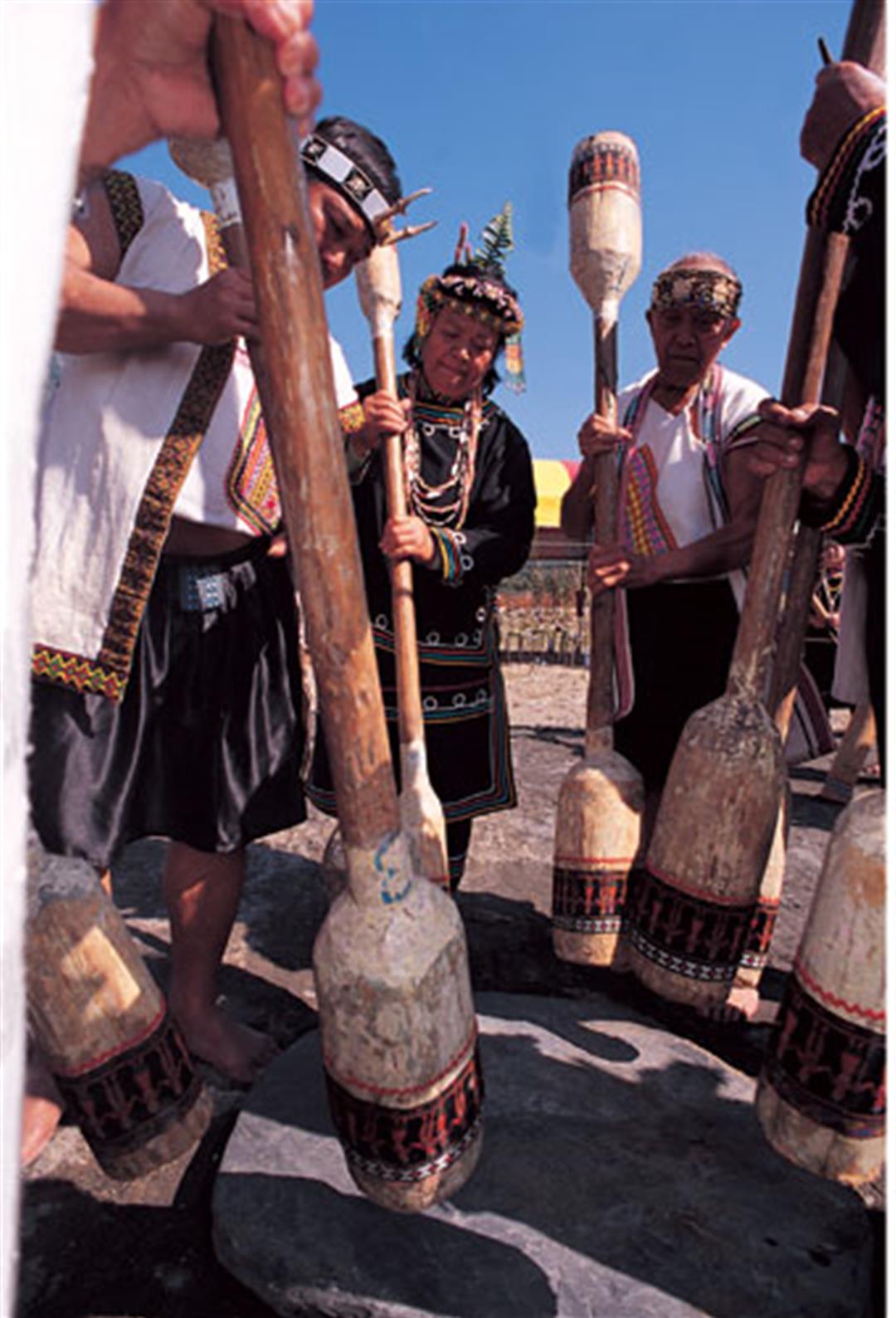
Bunun people pray to their ancestors with music and dance. They sing eight-part harmonies and strike a stone slab with a pestle for percussion.
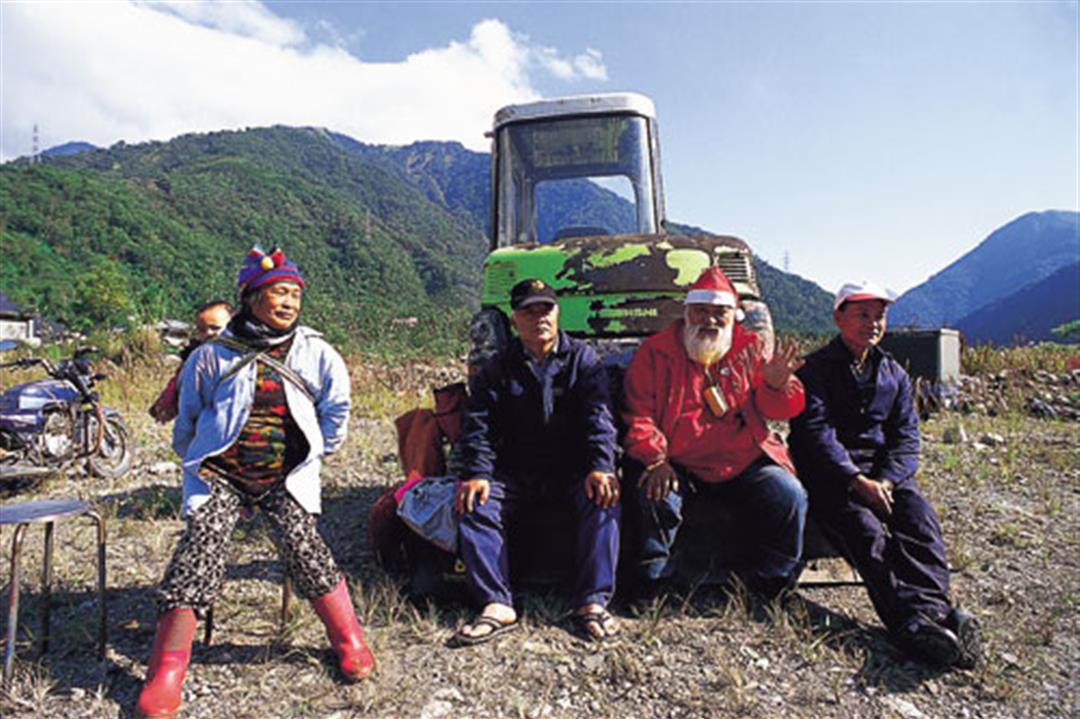
The government and the people are working together to recover this riverbed that was choked off by landslides in the earthquake of September 21, 1999.

This child in Wanghsiang was not shy--on seeing the camera he eagerly span around and around on his seemingly steel-hard skull!
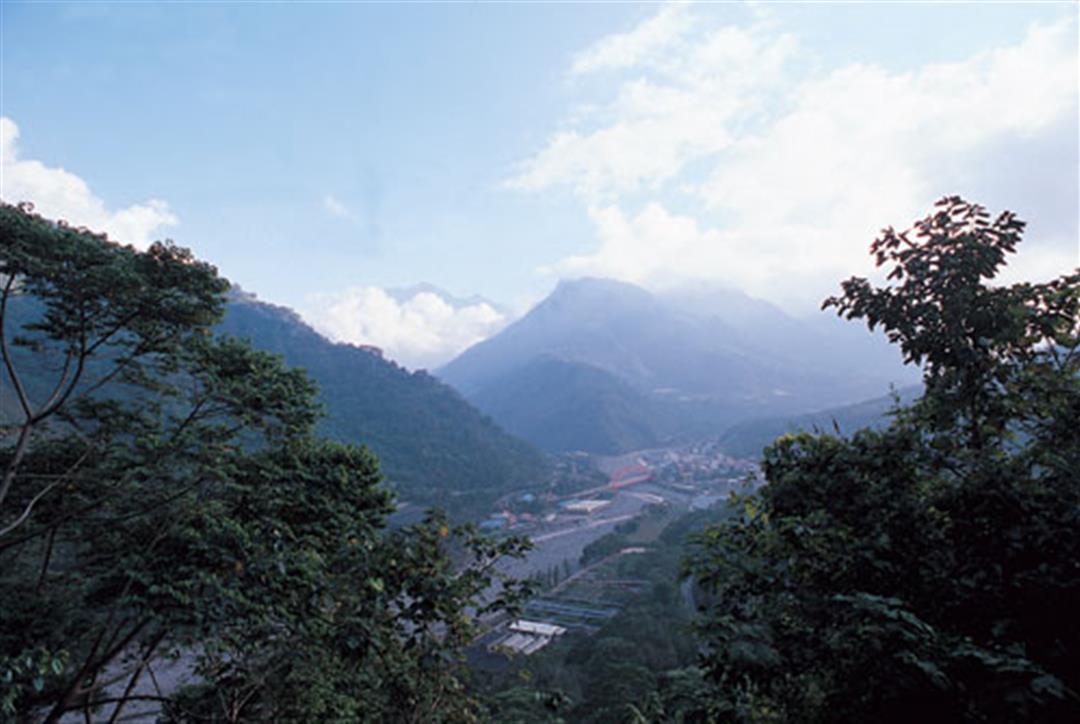
Yushan towers silently over Chenyoulan Creek. This is the view that the people of Wanghsiang wake up to every day.
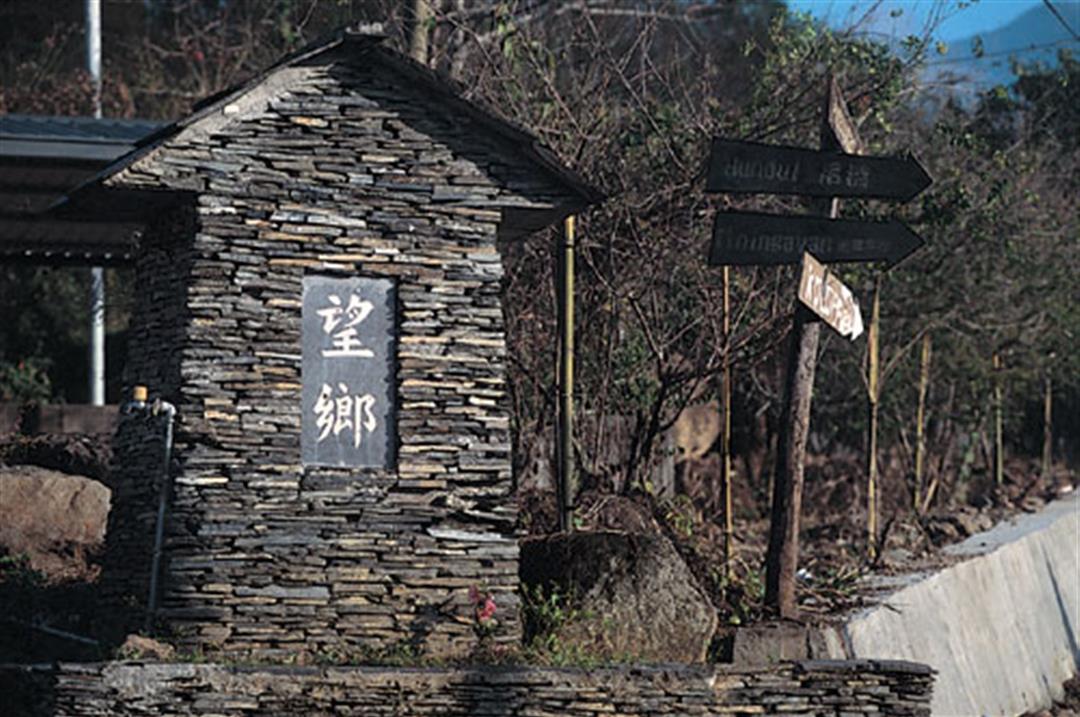
Stones tell the stories of the Bunun people of Wanghsiang.
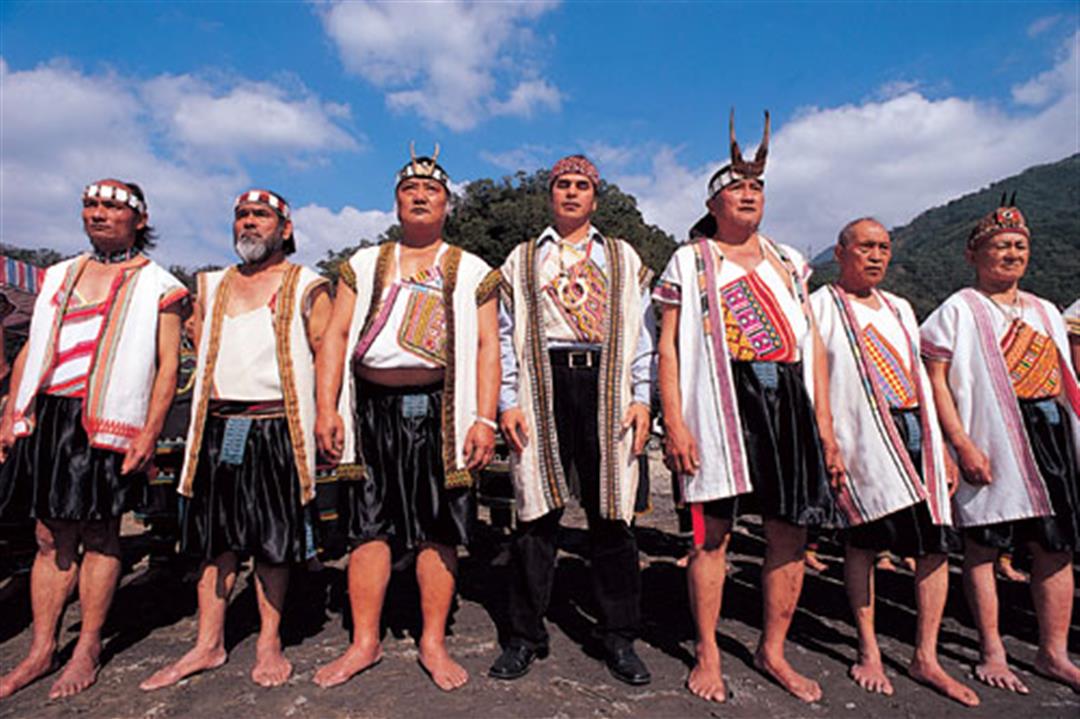
Bunun people pray to their ancestors with music and dance. They sing eight-part harmonies and strike a stone slab with a pestle for percussion.